What is Cal-Mex?
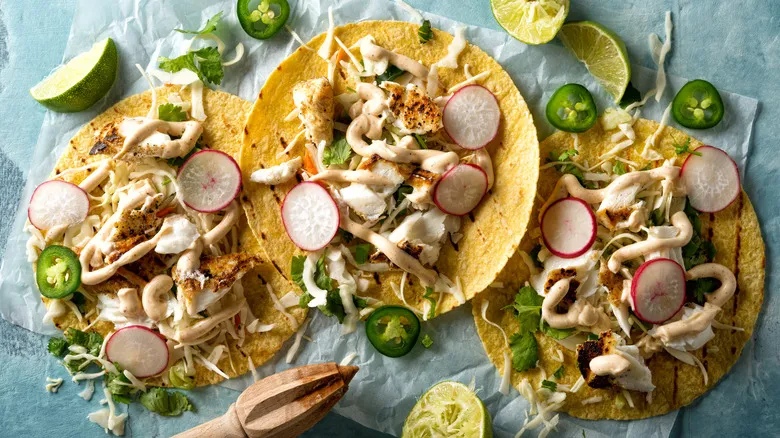
The term Cal-Mex reflects the cuisine's roots in California. However, the food style encompasses much more than just its preparation in the Golden State. A rich tapestry of influences has blended over centuries to shape this culinary tradition. Before California became the 31st state in the U.S., it was home to Native Americans, later colonized by the Spanish, and subsequently ruled by Mexico. This cultural fusion significantly influenced the diet of 19th-century Californians, with hearty, spiced dishes like picadillo and empanadas, along with beans and rice, being staples of the local fare.
As the region became more Americanized after the Mexican-American War, many residents began to identify more with a Spanish heritage rather than a Mexican one. Consequently, the culinary traditions of the 19th century started to wane, particularly as Mexican immigration surged from the 1950s onward. Today, Cal-Mex is shaped by this historical context, with its dishes reflecting various sub-regional styles.
In San Diego, you can savor delightful variations of fish tacos, while the Mission district in San Francisco is famous for its oversized burritos packed with meats, vegetables, beans, and rice. Cal-Mex salads gained popularity through Los Angeles establishments like El Cholo, which opened in 1923. Additionally, the city boasts a vibrant street taco scene. Common elements that unite many Cal-Mex dishes across the state include the use of fresh (often fruity) produce, lighter proteins, local dairy products, and flour tortillas.
What is Tex-Mex?
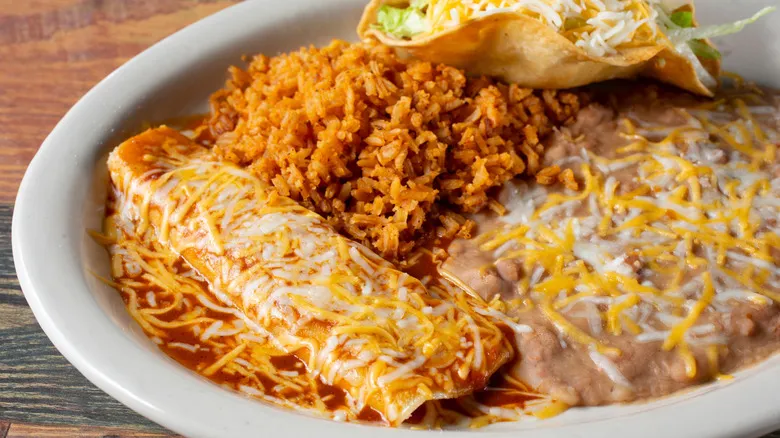
In a similar vein, Tex-Mex merges the diverse culinary traditions of the Lone Star State, which was once part of Mexico. This cuisine reflects Native American influences, alongside elements from the Spanish colonial era and later Anglican settlers. By the turn of the 20th century, the booming cattle industry and the cultural heritage of Tejanos—descendants of Spanish-speaking individuals who lived in Texas before it became a U.S. state—had a significant impact on the region's cooking style.
Initially popularized as street food by the "chili queens" in 1880s San Antonio, the beloved beef chili con carne is recognized as the first Tex-Mex dish, showcasing indigenous culinary elements. A few decades later, the combo plate emerged in the same city, featuring a combination of rice and beans with a variety of entrees. As the 20th century progressed, iconic dishes such as nachos, fajitas, and enchiladas began to appear on restaurant menus. The term Tex-Mex was first used to describe this cuisine in the 1960s and gained national prominence in the 1970s.
Throughout much of its history, Tex-Mex has been associated with casual and budget-friendly dining. Staples like rice, beans, and flour tortillas are fundamental to the cuisine, with shredded cheese often adorning various dishes. This economical aspect has led to some negative perceptions, particularly after food writer Diana Kennedy criticized Tex-Mex as inauthentic in 1972. Nevertheless, with its unique local ingredients, recipes, and traditions, the cuisine continues to evolve and earn recognition.
The regions employ different ingredients
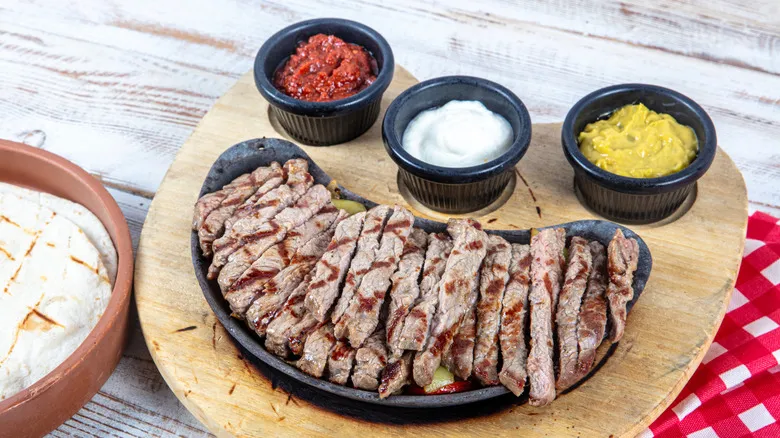
With unique culinary traditions and influences, the two states often highlight different ingredients in their cuisines. Notably, Tex-Mex cuisine features generous amounts of cumin, introduced to the region by settlers from the Canary Islands. Chili powder is another essential spice, with commercially produced varieties already available in Texas during the 19th century. It’s also important to mention cheese, which frequently appears in shredded form on dishes or as the beloved queso dip. There are many variations of this popular appetizer, including the canned Rotel tomato cheese dip. Thanks to a strong ranching culture, meats like pork and beef take center stage, while ground corn, beans, and peppers have also gained popularity alongside the industry.
In contrast, Cal-Mex emphasizes vegetable and dairy-based dishes, reflecting California's rich agricultural and dairy sectors. Instead of cheddar, this cuisine prefers fresh cheeses, utilizing Hispanic-style options like cotija, crema, queso fresco, and panela, along with the state's renowned Monterey Jack. With a lengthy coastline, seafood is a significant component of the culinary landscape, and when meat is included, it is usually sliced, shredded, or lean. Cal-Mex cooking also heavily features local produce, particularly avocados, citrus, and salads. Similar to Texas, peppers are a fundamental flavor element, present since the cuisine's beginnings. Additionally, there is commonality in the use of rice, beans, and tortillas.
Cal-Mex and Tex-Mex have distinct signature dishes

Cal-Mex and Tex-Mex both present a delightful array of dishes that highlight the distinct characteristics of each cuisine. Tex-Mex, in particular, has gained greater popularity across the U.S., making it a common sight on restaurant menus. You can’t go wrong with the delectable sizzling steak fajitas, a true representation of Texas's beef heritage. Enchiladas are another must-try, easily distinguished from burritos by their generous layers of sauce and cheese. Beans play a significant role in this cuisine, often served refried. Seasoned ground beef is a staple in Texas, whether it’s piled on cheesy nachos or served as a hearty stew. And don’t forget to wash it all down with a frozen margarita, an essential drink in Tex-Mex dining.
On the other hand, Cal-Mex is often seen as more aligned with traditional Mexican cuisine, making its key dishes less defined. It embodies a culinary philosophy that prioritizes freshness and local ingredients. Popular choices include Mexican-style salads featuring jicama and avocados, as well as crispy hard shell tacos. The state also boasts a variety of regional specialties, such as Baja fish taco bowls found in Southern California or the massive burritos stuffed with protein, rice, beans, and French fries that are popular in the Bay Area. Ultimately, the essence of Cal-Mex lies in its ongoing adaptation of Mexican recipes, each given a unique Californian twist.
Recommended

Got Milk? The History Of Dairy's Most Notorious Marketing Campaign
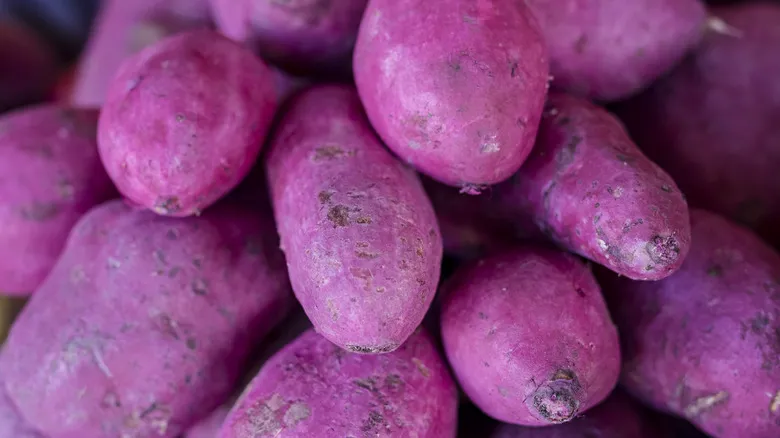
How Did Ube Become So Popular?

Secrets Of Baskin-Robbins You'll Wish You Knew Sooner
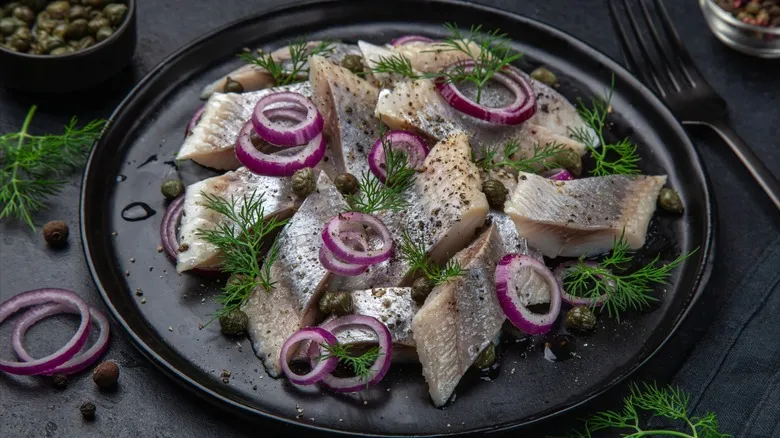
How Pickled Fish Became A Swedish Staple
Next up

